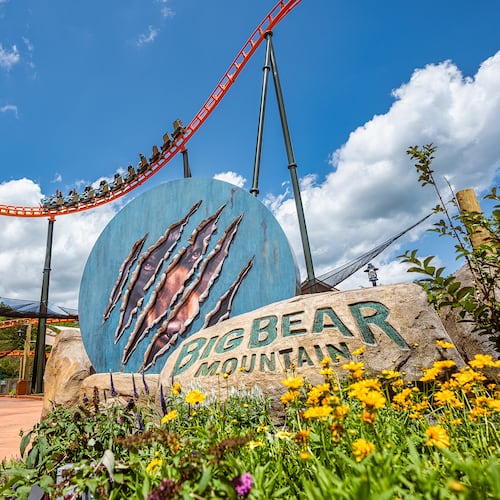Salt Lake City --- The Great Salt Lake is the most-inquired-about tourist attraction in Utah.
In a photo I saw as a child, crowds of people dotted its waters, some floating in a sitting position.
"You could not sink, " said Dave Williams, of the Utah Office of Tourism, recalling his own childhood experience of swimming there. Because of the lake's high salt content, its waters are very buoyant.
However, you won't find the Great Salt Lake prominently displayed in guidebooks these days. It's not played up that much.
Tourism has dropped since the 1990s, Williams said, although "a lot of people ask about it." Bird-watching along its shores has increased, however.
"Most locals don't go out there to swim in it because it's kind of smelly, " Williams said. When you come out of the water, "you have a lot of salt all over you." Swimming was probably more common in the 1950s, he said.
Despite being underplayed, the Great Salt Lake is fascinating.
Tourists are given two main points from which to view the lake. One is Antelope Island, about 20 miles north of Salt Lake City.
The other is Saltair, a once-grand resort and amusement park on the shores of the lake. Saltair was built in 1893 with a dance floor that could hold 1,000 couples, Williams said. It burned in 1925 but was rebuilt in 1939. It suffered other fires, including one in 1970 that destroyed most of the resort. It was again rebuilt in the 1980s, and a new concert stage for local and national artists was dedicated in 1993 during the resort's 100th anniversary. Today, Saltair is rented for concerts, comedy, private functions, trade shows, wedding receptions, sporting events and car shows.
We went to the lake via Antelope Island. About halfway across the seven-mile causeway, our noses detected a salty, faintly unpleasant ocean smell. The lake is salty because no waters flow in or out. Three to four feet of salt rest on the bottom, and brine shrimp are the only creatures able to live in its waters.
Fremont Island rose out of the haze on our right, its craggy outline looming like something out of a fantasy novel. The lake looked like a cloudy mirror. It was shallow near shore, leaving wide expanses of sand exposed, crisscrossed by fingers of water. As the light changes, the lake surface becomes a changing palette, melting into different hues of blue and green. Like so much of Utah, it has a wild, natural beauty.
As we reached the end of the causeway, we saw jagged mountains rising from the center of Antelope Island. Sagebrush and rocks dotted the slopes. The scene was like a Western landscape in miniature. To complete the picture, herds of bison grazed on the grasslands.
After stopping by a small sandy beach operated by Antelope Island State Park, we headed south to the historic Fielding Garr Ranch, one of the West's oldest cattle ranches, now preserved for tourists. It's a must-see for visitors to the island, featuring an adobe ranch house with numerous outbuildings. We crossed a muddy barn lot and stuck our heads into the small bunkhouse, where beds surrounded a central wood stove.
The ranch was a self-contained world, where all sorts of tools and farm implements were used and are now displayed and explained by Antelope Island State Park.
IF YOU GO
Antelope Island State Park, 4528 West 1700 South. 801-773-2941, www.utah.com/stateparks/antelope_island.htm.
Great Salt Lake, ut.water.usgs.gov/greatsaltlake .
Saltair, www.saltair.com .
About the Author
Keep Reading
The Latest
Featured

